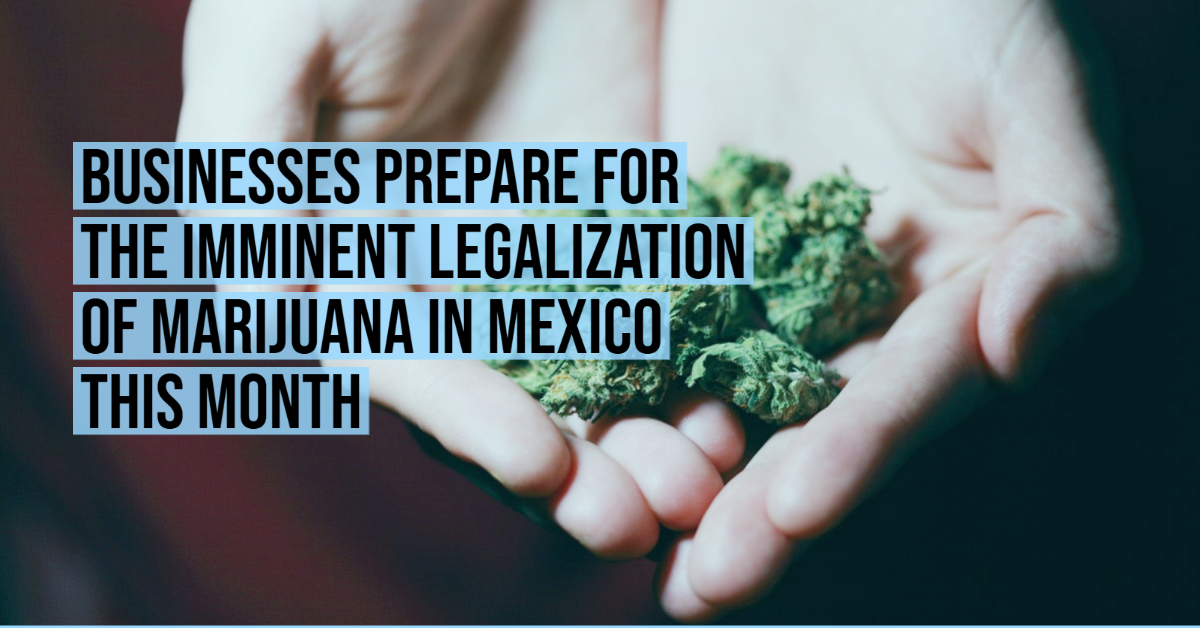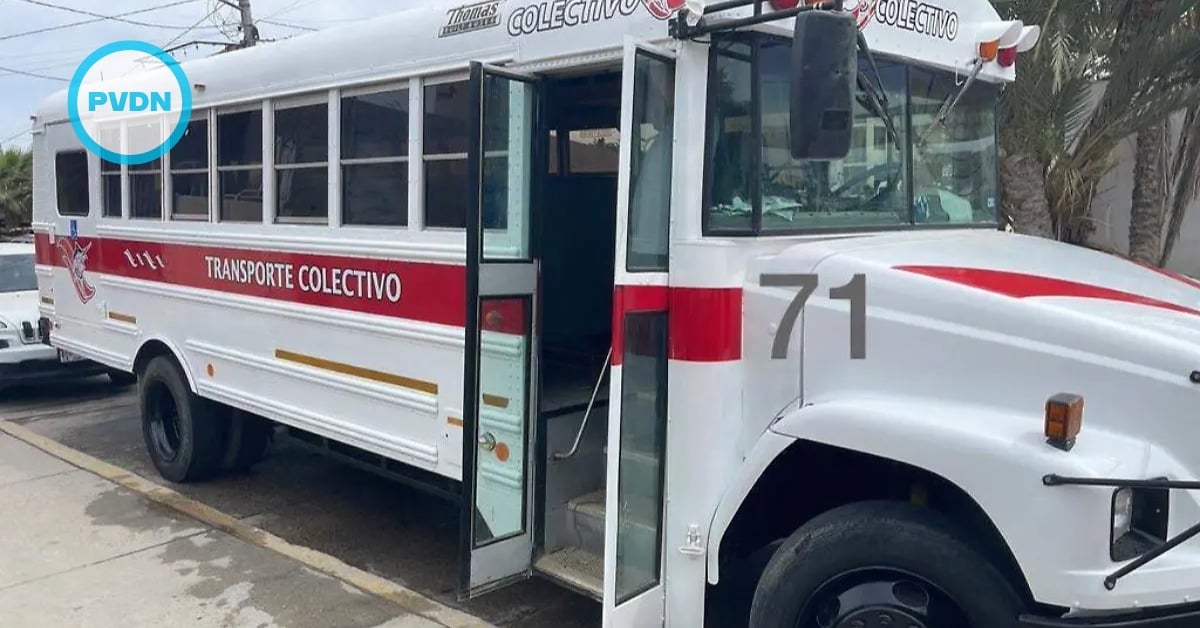The Mexican industry is preparing for the imminent legalization this month of all uses of marijuana in the Senate, which has until April 30 to regulate cannabis by mandate of the Supreme Court of Justice of the Nation (SCJN). The full Senate will vote on the bill approved in Marc…






